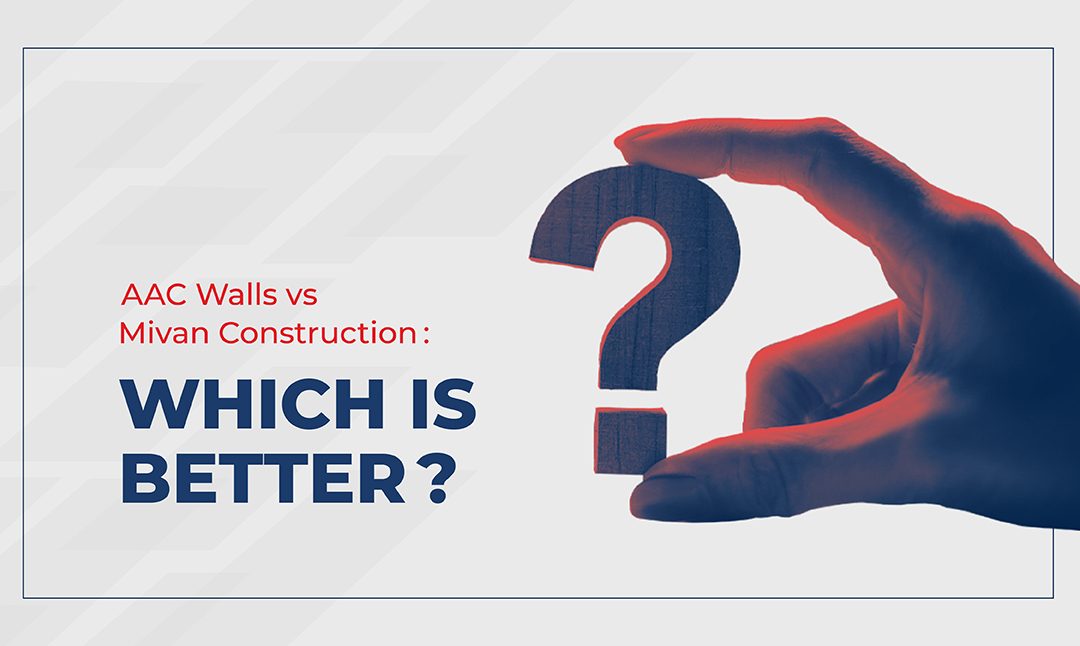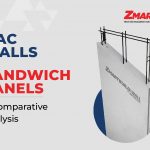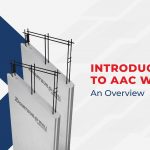Which Is Better?
Urbanisation is spreading like a wildfire.
This development comes bearing great news for India. Our housing economy continues to soar higher and higher, with no signs of slowing down, and the government continues to offer relentless support in developing our industries.
Construction contributes to around 9% of our Gross Domestic Product (GDP) and remains the second-biggest employer in our country. In a country of over 71 million residents, this sounds like a great opportunity. Signs indicate that, by staying true to this path, we can soon become the third-largest construction market in the world.
This shows that the neighbours around us have access to better disposable income to afford a better quality of life. But, just as two halves make a whole, it takes two to build a better world. While one end has the means to afford it, the other half must catch up with the recent research and development to offer building solutions to match the aspirations of the other half.
Energy-efficient, environment-friendly, lighter, and durable building solutions have started to gain prominence. The people of the present and the future desire aesthetics and advantages, for themselves and towards the environment. This has led to the, almost, exit of dated means of building and welcomed new building solutions as better alternatives, ones that make not only living convenient, but also completion very easy.
Prefabricated building solutions, transparent wood, aerogel, and more are some of the innovations to come to light in recent years to help us build better. However, in the pursuit of reliable building solutions, two contenders have risen as the popular choice. The Mivan Technology and the AAC Wall or Autoclaved Aerated Concrete Wall. Today, we analyse how these perform as a building solution and against each other.
What Is An AAC Wall?
The Autoclaved Aerated Concrete Wall is a walling solution made with a unique mix of natural elements to lighten the weight, strengthen the support, fasten the completion, and reduce pollution. Autoclaved Aerated Concrete Wall mixes natural elements with fine aggregates like cement, lime, water, and a small percentage of aluminium powder, and goes through high-pressure steam curing to complete the process of its creation. Autoclaved Aerated Concrete Wall serves as an excellent choice as a non-load-bearing internal and external wall, due to its steel-reinforced nature. The steel-reinforced nature makes Autoclaved Aerated Concrete Wall crack-resistant and capable of overcoming the current hurdles of walling with ease.
Advantages of an AAC Wall:
-
Are steel-reinforced to provide reliable support
-
Are lightweight yet give superior strength
-
Have a slick and sturdy design to take up less space
-
Are fire resistant for up to 4 hours
-
Requires less water during installation
Disadvantages of an AAC Wall:
-
Is a non-load-bearing wall so does not add structural strength to the property
What Is Mivan Technology?
Mivan Construction, also known as Mivan Technology, is one of the many building solutions for the generations of today and tomorrow. Mivan Technology uses Aluminium alloy formworks for casting concrete. It is useful for the completion of large-scale projects such as high-rise buildings and mass housing projects. It is particularly handy during projects that rely heavily on repetitive slabs and blocks.
Mivan, short for Aluminium Formwork System, makes use of Aluminium panels that allow easy handling and reusability. This building solution is known for creating formworks such as columns, slabs, walls, and other structural elements in a project with great speed, without compromising on accuracy.
Advantages of Mivan Technology:
-
Allows quick assembly and disassembly due to its reusable formwork
-
Significantly reduces construction time
-
Improves savings by requiring less labour and construction joints
-
Provides high-quality walls with better precision
-
Reduces waste on sites as aluminium can be reused plenty of times
-
Is more affordable than traditional methods of construction
Disadvantages of Mivan Technology:
-
Mivan Technology can require a high initial investment
-
The design flexibility of Mivan Technology is limited
-
Mivan Technology may not be applicable to all types of buildings
-
Mivan Technology may require skilled labour & pouring the right mix of concrete on time for successful execution
Comparative Analysis:
AAC Walls are mainly used for creating partitions. Partition is the ability of a wall to successfully separate one room from another. AAC Walls, with great thermal and acoustic insulation, achieve this feat well.
Whereas, Mivan Technology can support structural parts of a building, in addition to being used as a wall. This makes them offer and improve the structural integrity of a building, while AAC Walls offer flexural strength but as a non-load-bearing wall.
This makes Mivan Technology suitable to withstand earthquakes. While, to a certain degree, AAC Walls resists cracks too, they outperform Mivan Technology when it comes to resisting temperatures.
However, it is worth noting that the Mivan Technology increases the dead load of a building. This can lead to a deflection of the building, which may cause the tiles to crack. To prevent this, heavier supportive building solutions are needed which may increase the cost of the project. In such cases, structural engineers can advise on choosing AAC Walls. As a walling solution, they do not increase the dead load of a building by a lot, while offering high-level performance. They also maximise the savings of time and money.
While Mivan Technology adds to the strength factor by benefiting columns and beams, it is not applicable everywhere, a hurdle that AAC Walls are not held back by. To build stronger and better, faster, the strategy lies in choosing the best building solution for your type of building.



